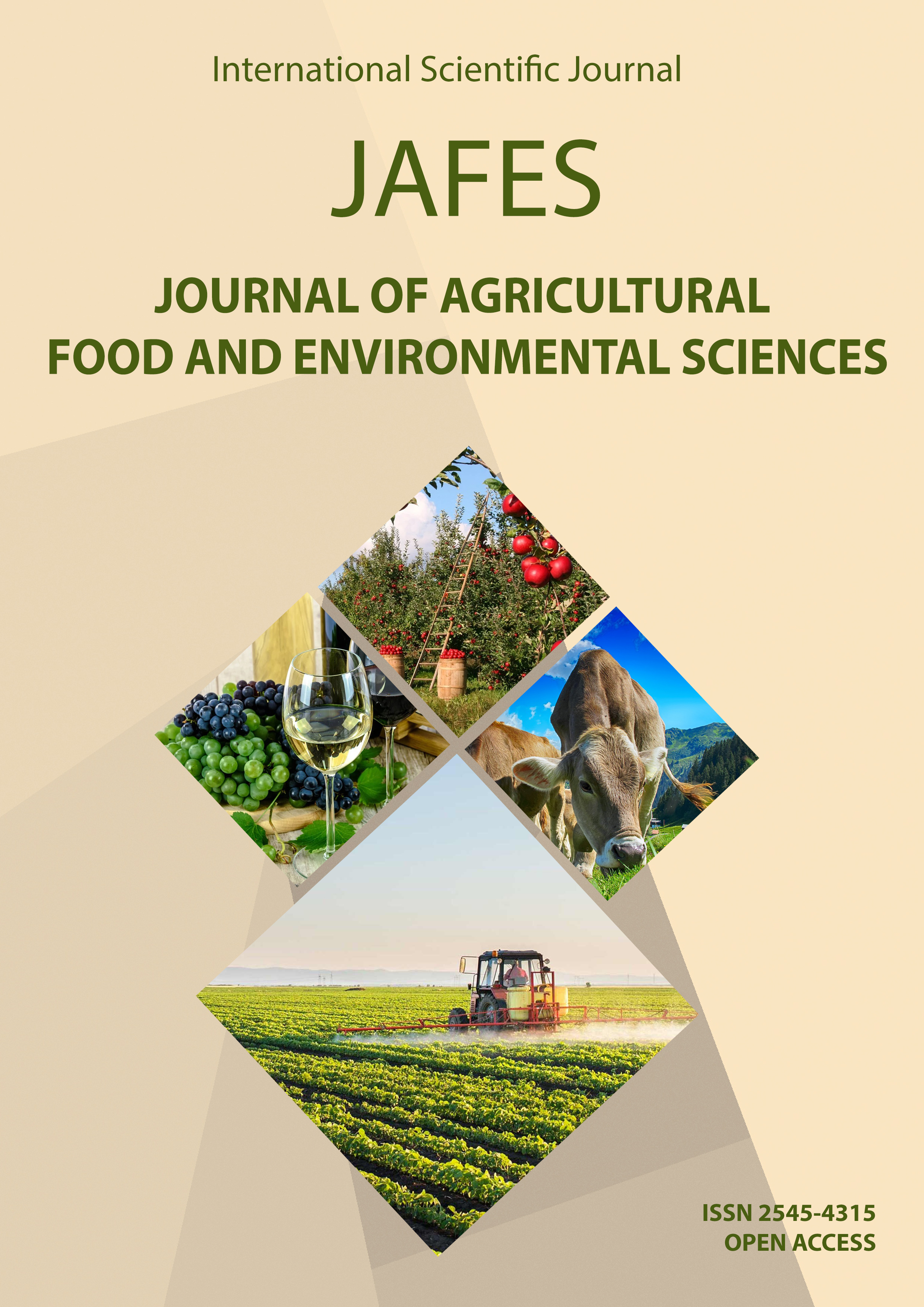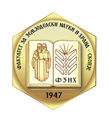CHARACTERIZATION OF CYLINDROCARPON-LIKE ANAMORPHS CAUSING ROOT AND BASAL ROT OF APRICOT AND IN VITRO ACTIVITIES OF SOME FUNGICIDES
Keywords:
Apricot, characterization, Cylindrocarpon-like, fungicides, in vitro.Abstract
Four apricot nurseries were surveyed in Hatay province in Turkey to evaluate the phytosanitary status of the nursery plant material. Endophytic and potential pathogenic fungi were identified in plants and 12 Cylindrocarpon-like anamorph isolates were detected in the root system and basal stems of analyzed rootstocks. Based on partial sequencing ITS, three different Cylindrocarpon-like anamorph species were identified as Dactylonectria torresensis (6 isolates), Dactylonectria novozelandica (3 isolates) and Neonectria candida (3 isolates). Pathogenicity tests were conducted under greenhouse conditions which showed that all three Cylindrocarpon-like anamorph species, were identified as pathogens. ADt12 (D. torresensis) isolate, obtained from the survey area, have been tested in vitro for its sensitivity to several fungicides (thiophanate-methyl (70%), fluazinam (500g/L), fludioxonil (230g/L), and boscalid (26.7%)+pyraclostrobin (6.7%)). It was determined that ADt12 isolate was highly sensitive to fludioxonil and fluazinam, and sensitive to thiophanate-methyl and boscalid+pyraclostrobin as a result of probit analysis of EC50 values.



